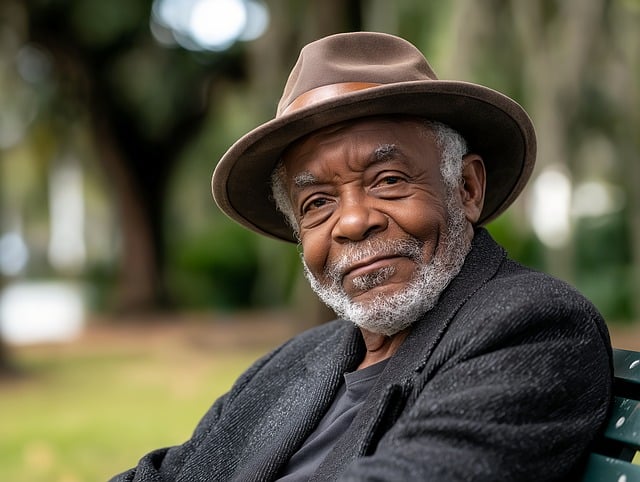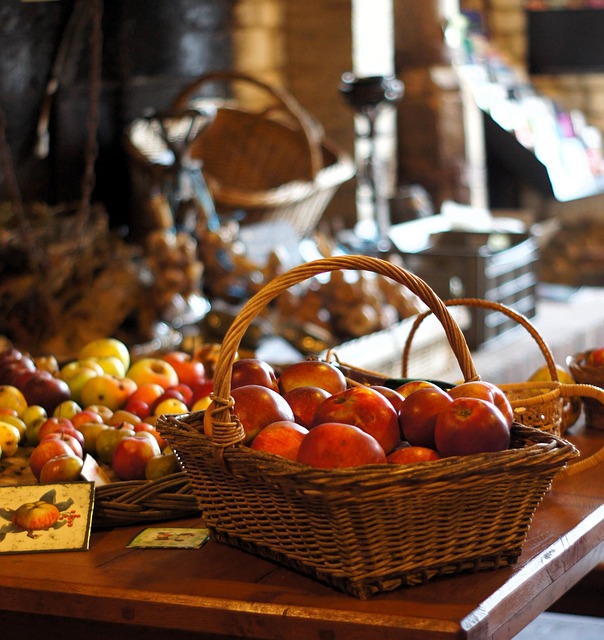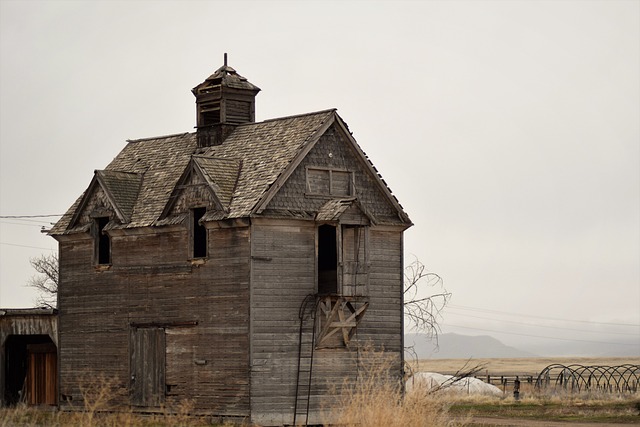For successful Event Planning for Local Businesses, understanding the community is key. By analyzing demographic data, cultural preferences, and existing events, organizers can create experiences that resonate with diverse attendees. Collaborating with local institutions and businesses ensures event themes align with community values, increasing participation and connections. This strategic approach enhances business visibility, fosters inclusivity, strengthens relationships, and promotes economic growth through memorable experiences tailored to the local landscape.
In today’s digital age, event planning for local businesses plays a pivotal role in fostering community connections. This comprehensive guide delves into the art of organizing community events that resonate with diverse neighborhoods. By understanding your community and target audience, leveraging online tools for efficient planning, and promoting interactive experiences, you can create meaningful gatherings. Discover strategies to tailor events to specific demographics, build partnerships, and encourage word-of-mouth promotion, revolutionizing how local businesses engage their communities.
- Understanding Your Community and Target Audience
- – Identifying community needs and interests
- – Researching local demographics and preferences
Understanding Your Community and Target Audience

Understanding your community and target audience is a pivotal step in successful event planning, especially for local businesses looking to engage their customers and foster a sense of belonging. By delving into demographic data, cultural preferences, and existing community events, organizers can tailor experiences that resonate deeply with attendees. This involves recognizing the unique needs and interests of different age groups, backgrounds, and hobbies within the local landscape.
For event planners, this might mean collaborating with long-standing community institutions like schools or religious organizations to align activities with their established traditions. Engaging with local business associations can also provide insights into what attractions and services are already valued by residents and visitors alike. Incorporating these understandings into event themes, locations, and activities ensures higher participation rates and fosters a strong connection between the event, the community, and those who attend.
– Identifying community needs and interests
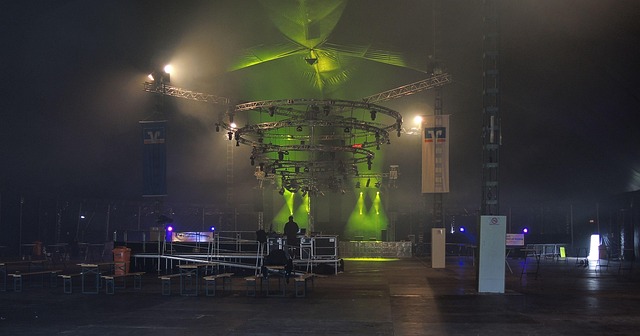
When planning community events, understanding the local landscape is key. It’s essential to identify the needs and interests of your target audience, whether they’re residents, local businesses, or both. Start by conducting surveys, hosting focus groups, or analyzing existing data to uncover what resonates with the community. Are there cultural festivals missing? Do locals seek more opportunities for networking? Or perhaps there’s a need for family-friendly activities? By gauging these preferences, event organizers can create gatherings that truly reflect and cater to the local spirit.
This process is paramount for Event Planning for Local Businesses looking to engage their community. Tailoring events to specific interests fosters inclusivity and strengthens relationships between businesses and residents. It also ensures events are well-attended, promoting local economic growth and creating a thriving, connected community.
– Researching local demographics and preferences
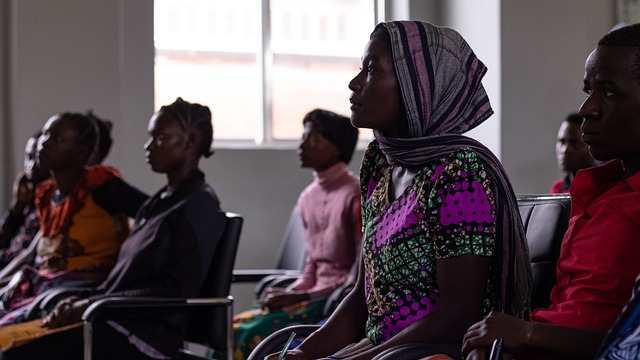
Organizing community events that resonate with your target audience is a powerful way for local businesses to engage and connect with their neighbors. By understanding the unique needs and interests of your community, you can plan events that foster a sense of belonging and create lasting memories. Through meticulous research, including demographic analysis and gauging local preferences, Event Planning for Local Businesses becomes a seamless process. This strategic approach ensures that every event is a successful gathering that brings people together, strengthens community ties, and ultimately contributes to the vibrant tapestry of your locality.
